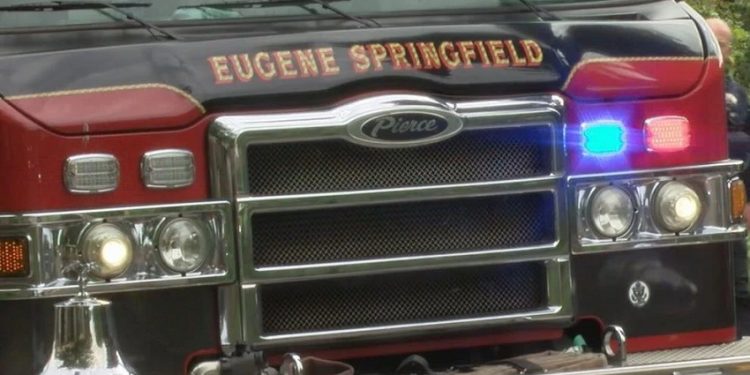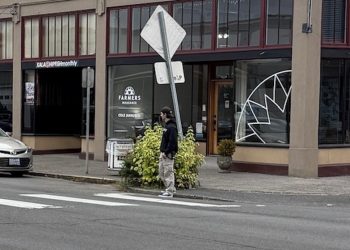EUGENE, Ore. – A local firefighter union is calling for significant changes within the Eugene Springfield Fire (ESF) department, citing severe resource shortages and staffing challenges that have stretched the department thin, leaving both cities vulnerable in emergency situations.
The International Association of Firefighters Local 851, which represents the firefighters in the region, has raised alarms about the department’s ability to meet the growing demands of the community. The union claims that ESF frequently runs out of ambulances and engines to respond to emergency calls, a situation that puts the safety of Eugene and Springfield residents at risk.
Union representatives compared the current staffing levels to those of 1981, noting that although the daily number of firefighters has slightly increased, the ratio of firefighters to residents has drastically worsened. In 1981, there were an average of 37 firefighters serving the city each day, one for every 2,868 residents. Today, there are 38 firefighters on average each day, but they are serving a larger population—one firefighter for every 4,946 residents. Meanwhile, calls for service have surged by over 1,000 percent since 1981.
In response to these growing concerns, Local 851 is advocating for a shift to a fire district model, a change the union believes would provide more stable, dedicated funding for fire and emergency medical services (EMS). According to union officials, a fire district could prioritize safety and ensure more reliable response times by removing the department from the often unpredictable constraints of city budgets.
“A fire district would offer long-term stability for the department, ensure that funding remains dedicated to fire and EMS services, and help us meet the increasing demand for services in the region,” said Local 851 officials in a statement.
Supporters of the fire district model argue that the current structure no longer aligns with the needs of a growing and increasingly urbanized region. With the rise in call volumes and the increasing complexity of emergency response situations, some feel that a more sustainable and strategic funding approach is necessary to avoid jeopardizing public safety.
To further raise awareness of the issue, advocates for the new structure have set up a website to provide additional information about the proposed changes and their potential benefits.
As the conversation around fire department restructuring intensifies, local officials and community members will likely need to weigh the long-term benefits of a fire district model against the immediate challenges of maintaining an adequately staffed and resourced department. For now, the urgency of the situation remains clear—ESF must address these concerns to continue safeguarding the well-being of Eugene and Springfield residents.














